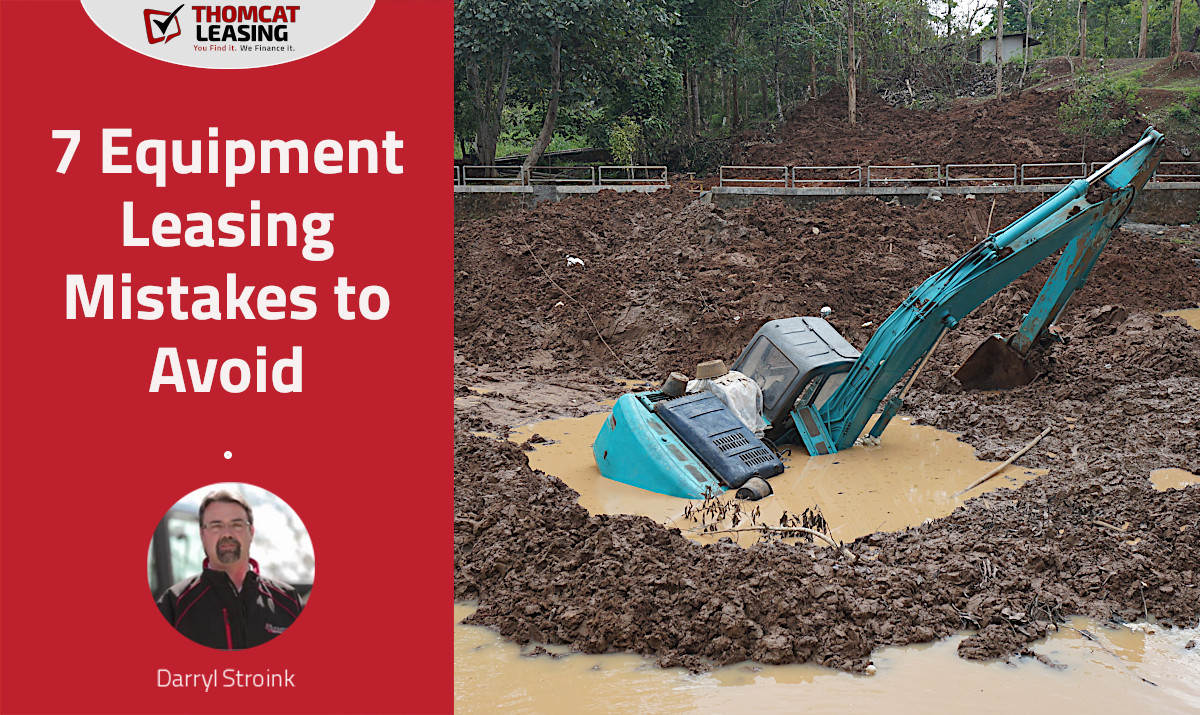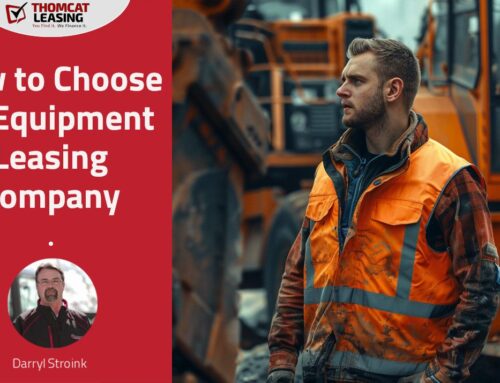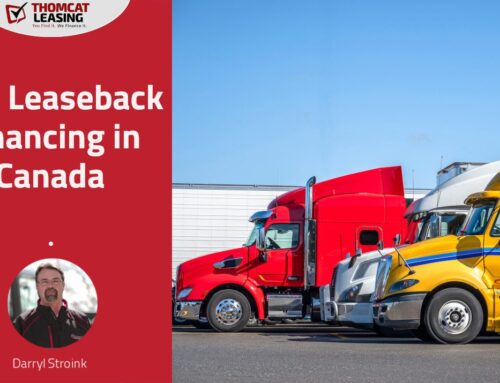Successful Ways to Get Equipment for Your Business
Are you considering leasing equipment for your business? It’s a smart move, especially for small businesses looking to conserve capital and maintain flexibility. However, before you dive headfirst into a leasing agreement, it’s crucial to understand the potential pitfalls and how to navigate around them.
Here are 7 common mistakes people make when getting a lease, and how you can avoid them to ensure a smooth and successful leasing experience.
1. Not Reading the Fine Print: One of the biggest mistakes people make when entering into a lease agreement is not thoroughly reading the terms and conditions. Leases can vary significantly in their terms, including payment schedules, additional fees, maintenance responsibilities, and end-of-lease options. Take the time to carefully review the agreement and ask questions about anything you don’t understand.
2. Accepting a High Purchase Price: Just because the equipment is being leased for a monthly rate, doesn’t mean you shouldn’t ensure you’re getting a competitive price for the equipment you’re acquiring. Consider negotiating the purchase price of the equipment to ensure you’re not overpaying in the long run. Remember, your seller is getting full payment in cash for your equipment purchase, that gives you significant negotiating power. Understand the market value of the equipment and compare prices from different vendors so that you secure a better deal overall.
3. Ignoring Maintenance Responsibilities: Depending on the type of lease agreement, you may be responsible for maintaining and servicing the leased equipment. Neglecting these responsibilities can lead to costly repairs or even termination of the lease. Be sure to clarify who is responsible for maintenance and factor any associated costs into your budget.
4. Failing to Explain Your Need: Don’t be afraid to discuss the terms of your lease agreement. Some leasing companies, like Thomcat Leasing, are open to discussing terms to better suit your needs. Whether it’s adjusting the lease term, payment schedule, or purchase options, successfully communicating can help you secure the best deal for you.
5. Misunderstanding Lease Types: Take the time to understand the different types of lease agreements available. Rental agreements typically offer lower monthly payments and flexibility but don’t provide ownership rights at the end of the term. Lease-to-own agreements provide a path to ownership but will require a buyout at the end. The lease-to-own buyout can range from just $10 to the equipment’s fair market value at the end of your term. Evaluate each option carefully to determine which best suits your business’s needs and financial situation.
6. Underestimating Future Needs: Your lease agreement will likely last anywhere between 2 and 5 years. It’s definitely worth considering where your business will be over the course of your lease. Will the equipment still meet your requirements as your business grows? Make sure to anticipate any potential changes or expansions and choose equipment that can adapt to your evolving needs.
7. Not Getting Insurance: Accidents happen, and equipment can be damaged or stolen. Not having adequate insurance coverage for your leased equipment can leave you vulnerable to significant financial losses. Make sure to obtain the necessary insurance coverage to protect your investment and mitigate any potential risks.
Fuel Your Business Growth with the Right Equipment Lease Agreement
Leasing equipment for your business can be a smart decision, but it’s essential to proceed with confidence and avoid common mistakes that could jeopardize your leasing experience. By carefully reviewing the terms, considering all costs, negotiating where possible, and planning for the future, you can ensure a successful leasing arrangement that meets your needs and fuels your business growth.
Ready to get started with a lease for your business equipment? Don’t hesitate to reach out to Thomcat Leasing for a fast and stress-free leasing process. Get a 60-second lease estimate and take the first step towards securing the equipment your business needs to succeed.






